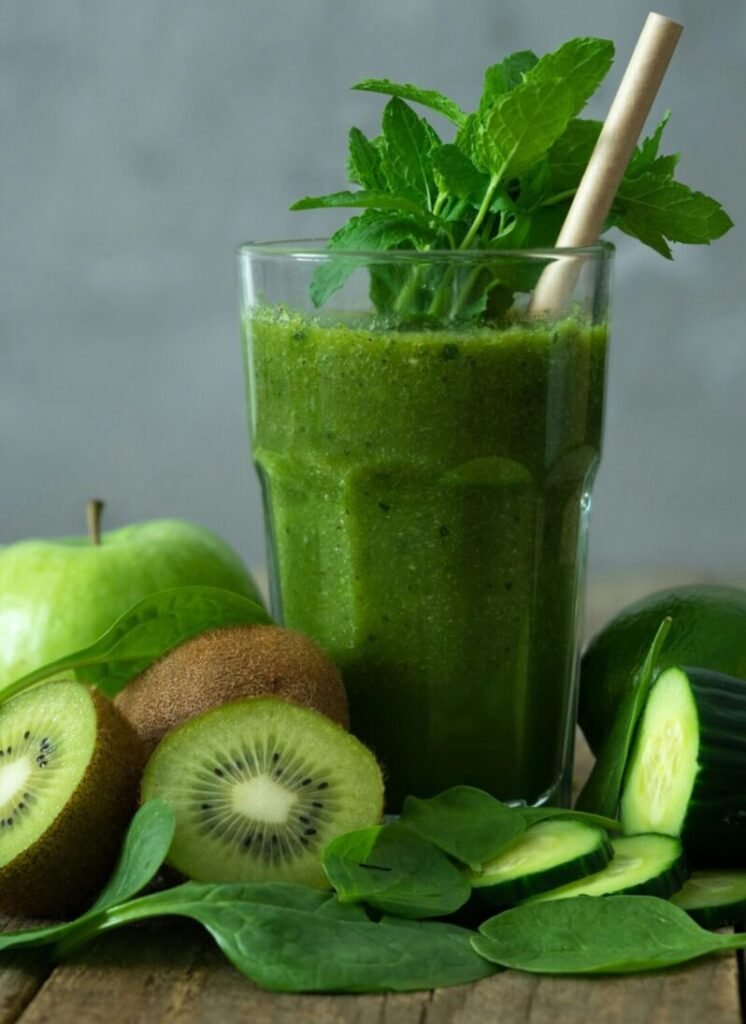When it comes to incorporating fruits and vegetables into our diets, both smoothies and juices offer a delicious way to do so. However, there are some key differences between the two methods that are worth considering. Many of these differences have been reported on exhaustively. In this article, we will explore the benefits of each and try to add some additional insight. Learn, Improve, Repeat!
Advantages of Smoothies
One of the main advantages of drinking smoothies is that they retain the fiber content of the fruits and vegetables used. Fiber plays a crucial role in supporting digestion, regulating blood sugar levels, and promoting satiety. By blending whole fruits and vegetables, smoothies provide a good amount of dietary fiber, which can help improve gut health. Smoothies tend to be more dense/ substantial which can keep you full much longer and are frequently used as a meal replacement.
When it comes to protein content, smoothies have an advantage over juices. By adding ingredients such as yogurt, nut butter, flax seeds, avocado and protein powder, smoothies can provide a significant amount of protein. Just like fiber, protein will also help keep you full for longer. This is particularly beneficial for individuals looking to increase their protein intake, such as athletes, vegetarians/vegans…
Advantages of Juicing
On the other hand, juicing removes the fiber from the produce, resulting in a more concentrated form of nutrients. This can be beneficial for individuals with digestive issues or those who have difficulty consuming large amounts of fiber. This is also beneficial for those wanting to increase their fruit, vegetable and leafy green vitamin/mineral count in a big way. One has to be careful to not over use sweet fruits since sweet fruit juice can lead to a quick release of sugar into the bloodstream, potentially causing a spike in blood sugar levels not to mention the increased calories that are consumed.
To avoid this, I use cucumber, lemons, limes, celery, ginger, tomatoes, jicama, spinach and parsley in different combinations as the base and then add in apples, pears, carrots in smaller amounts for a bit of sweetness. The intense vitamin/ mineral/ antioxidant concentration is what I go for when I juice. I could not fit into a smoothie blender all of the fruits, veggies, and roots (ginger/ turmeric) I put into my juicer, so I know the concentration of vitamins and minerals is much higher in juices over smoothies.
One drawback of juicing is the pulp fiber that is discarded after juice is made. I usually put mine outside to be composted but I have also been known to put some of it into my smoothies, cakes and muffins.
In conclusion, both smoothies and juices offer unique benefits. Smoothies provide the advantage of retaining fiber and can be a good source of protein. Juices, on the other hand, offer a more concentrated form of nutrients but lack the fiber content found in whole fruits and vegetables. Ultimately, the choice between smoothies and juices depends on individual preferences, dietary needs, and health goals.** In reality is not necessary to choose between smoothies or juices. You can consume both and get the benefits of both! I typically drink a smoothie for breakfast and have a juice between lunch and dinner to avoid other snacks. This habit gives me about 5 servings of fruits, vegetables and greens a day.
Preparation Time Saving Tip
It takes lots of work to clean and prep leaves, fruit and vegetables. To make this less of a chore, I fill the sink with soapy water and throw in all the fruit, vegetables and leafy greens to make half a week worth of smoothies and juices and clean them all at once. I make four smoothies/juices at a time, drink one that day and put the other 3 in the freezer. I only have to hassle with the prep and clean up twice a week.

